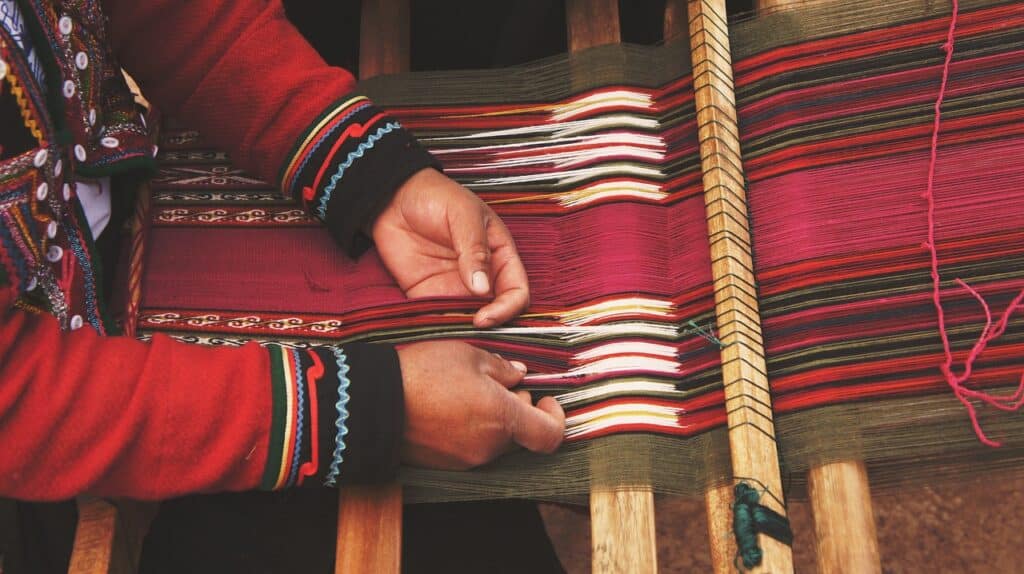Designing an apparel line that accommodates all body types, sizes, genders, and cultural backgrounds is crucial in today’s diverse society. Inclusivity is not just a fleeting trend but rather a necessary approach to fashion that ensures everyone feels represented and valued.
Whether you’re in the market of selling a plus-size clothing line or looking to establish an apparel line consisting of religion-friendly designs, you’ll probably be one of the few who are conscious of inclusive apparel practices. To illustrate, let’s take the world-renowned catwalks in New York, London, Paris, and Milan; there, only 0.6% of the looks were inclusive of models wearing sizes 14 and up, which only shows how untapped this sector of the apparel industry is.
By embracing inclusivity, clothing brands can gain customer loyalty while broadening their market reach with positive associations for their brand image. This article discusses the significance of creating fashionable wearable lines catering to inclusiveness.

The Significance of Incorporating Inclusivity in the Fashion Industry
Inclusion is a critical factor in the fashion industry for various reasons. First, it advocates equality and representation as every person deserves to feel confident and comfortable irrespective of their physique or background. An apparel line that encompasses inclusivity helps dismantle social barriers, fostering unity among consumers.
Secondly, inclusion promotes business expansion since brands can appeal to a wider audience through diverse sizing and styles. Embracing inclusivity not only generates more customers but also establishes lasting brand loyalty because people are drawn toward companies whose values align with theirs.
Moreover, inclusive fashion influences positive perception, leading to increased media coverage and partnerships, thus contributing immensely to brand success by enhancing visibility. Therefore, promoting inclusiveness within the fashion industry bears ethical significance while doubling up as an ingenious strategy benefiting both parties involved.
Understanding the Market You Are Operating in Is Crucial
To create an apparel line that caters to diverse customers, market research is crucial. This entails conducting thorough surveys, focus groups, and social media interactions in order to identify the unique needs and preferences of different customer segments.
Feedback from underrepresented groups should be taken into account during the design process as well as industry trend analysis for a competitive advantage. Understanding what your target audience specifically demands helps tailor products that meet their expectations. Once you grasp the nuances, you should also think forward and consider how your apparel business will operate and how simplified different aspects will be, from inventory management to future planning.
For example, you could find reliable apparel management software for your brand to gain access to a state-of-the-art cloud-based toolkit that simplifies operations and nurtures expansion. Such platforms are the preferred option for leaders in the apparel industry who seek innovation, excellence, and flexibility throughout their entire workflow journey, from conceptualization to fruition.
Creating Designs That Cater to a Diverse Audience
To ensure diversity in fashion design, it is crucial to cater to various body types, sizes, genders, and cultural preferences. This involves offering a broad range of sizes from petite through plus-size while also prioritizing comfort and flattery for all shapes.
Consider customer needs like adjustable features or gender-neutral options as well as specific cultural traditions which should be celebrated respectfully within designs. Collaborating with diverse designers can offer valuable insights while using models that represent an array of ethnic backgrounds can reinforce the message of inclusivity.
By placing importance on both fit and overall comfort when designing apparel lines, you cultivate positive associations around your brand rooted in promoting unity among varying audiences. By doing so, you are practically making those who wear your clothing feel seen across pre-existing barriers previously erected by other brands who did not feature any sort of conscious consideration towards differences.
Inclusive Marketing and Branding
To promote your inclusive clothing line effectively, it is crucial to use marketing and branding that reflects diversity. Use inclusive language and imagery on social media posts, advertisements, and website content.
Share stories of individuals from different backgrounds who support or wear your brand to showcase inclusivity while building an emotional connection with the audience. It’s important to reach diverse audiences by using multiple channels/platforms for marketing campaigns.
Collaboration with influencers can help represent various demographics authentically when promoting the apparel line. Honesty about commitment towards inclusion-building steps enhances transparency and authenticity in any efforts made toward inclusiveness. The outcome is successful long-term business prosperity through positive image development reflecting a broad-base customer profile.

The Final Say
To summarize, developing an inclusive apparel line serves a dual purpose of being ethically responsible and strategically beneficial for business. It promotes equality, fosters customer loyalty, and establishes a positive brand image.
To achieve success in this field, it’s essential to comprehend your market needs further and cater to diverse designs with all-inclusive marketing strategies. Inclusivity within fashion does not only mean keeping up with current trends but also making significant contributions towards revolutionizing the industry. This can be showcased by celebrating diversity comprehensively and lastingly. Adopting inclusivity principles into your strategy will enable long-term growth while promoting equity across industries.
